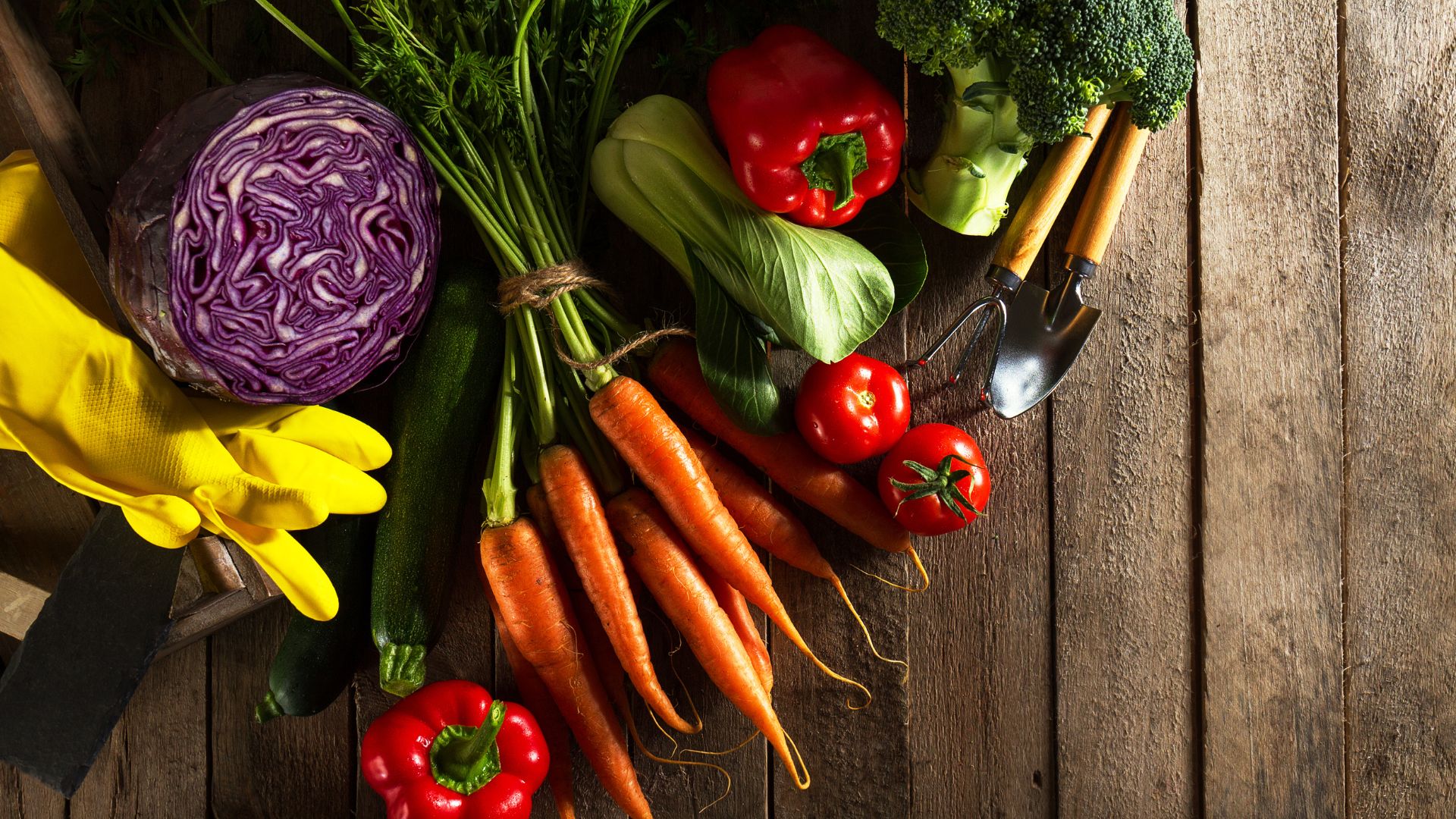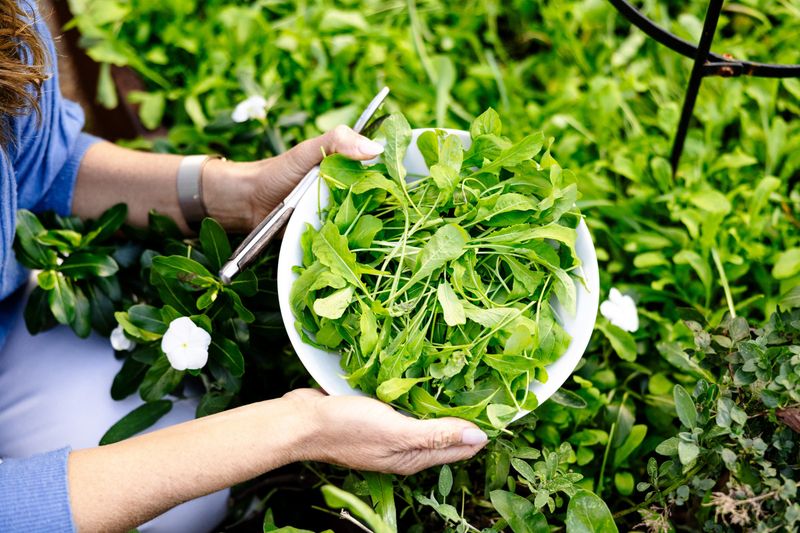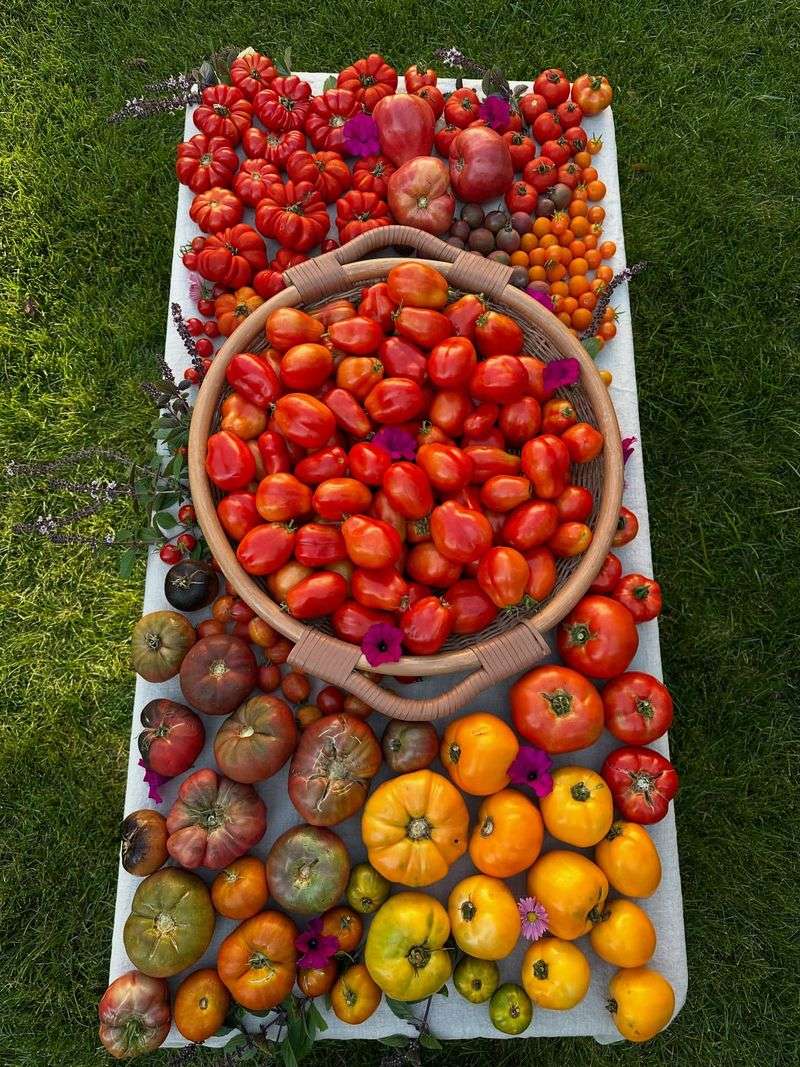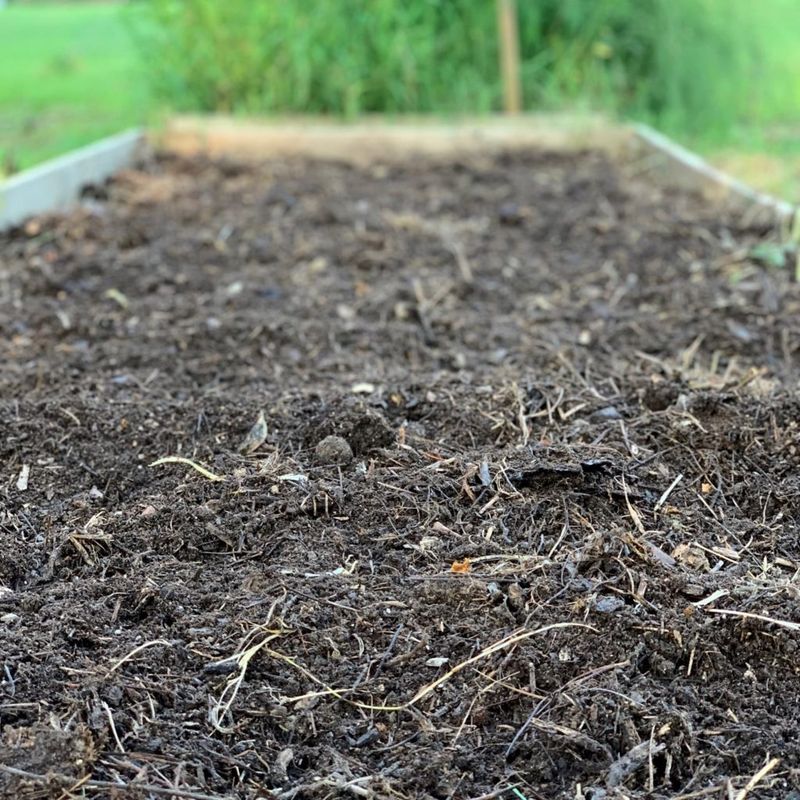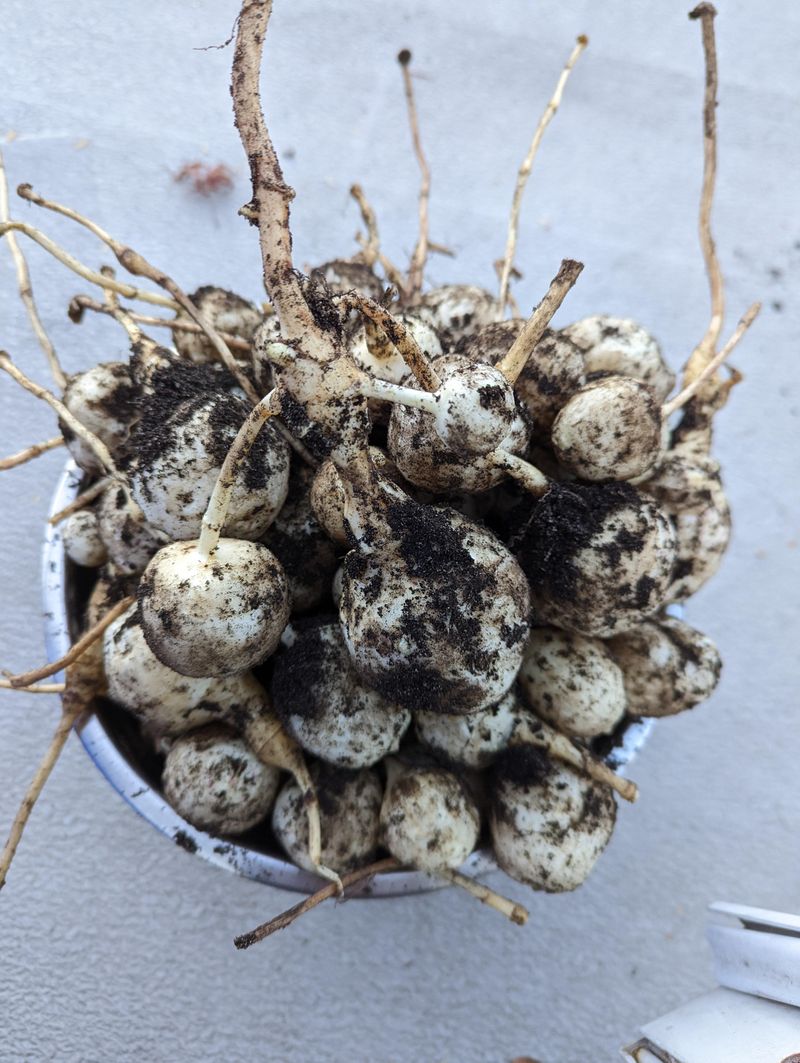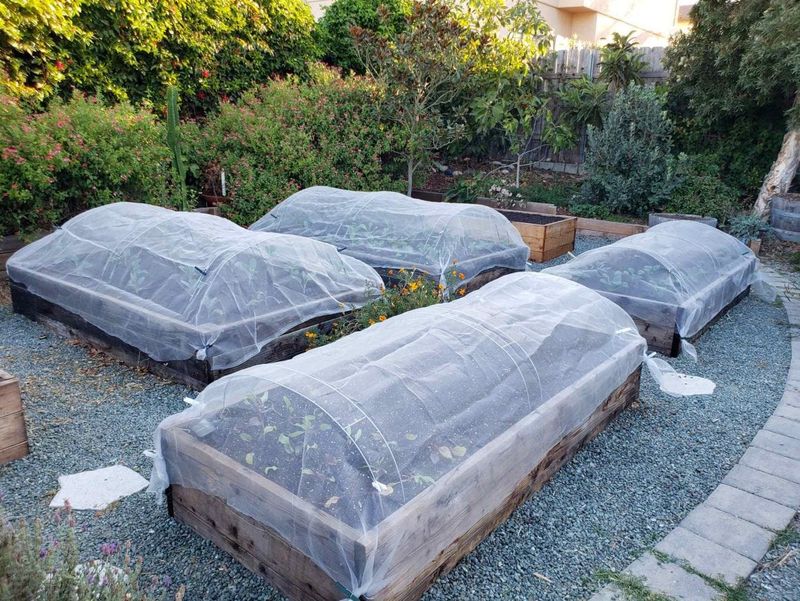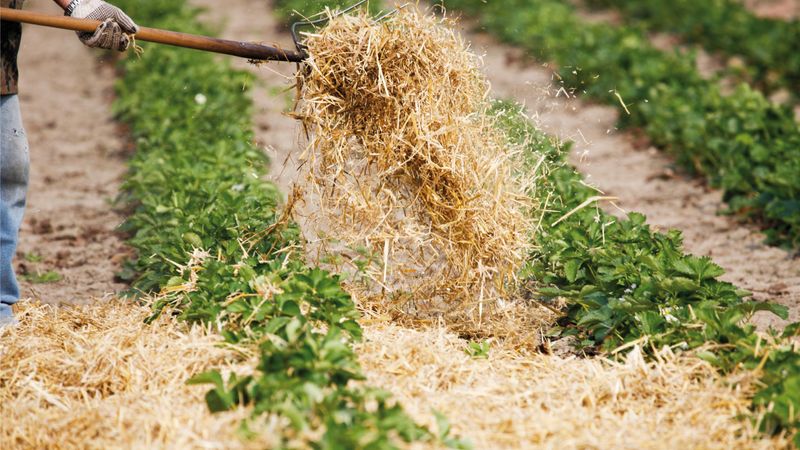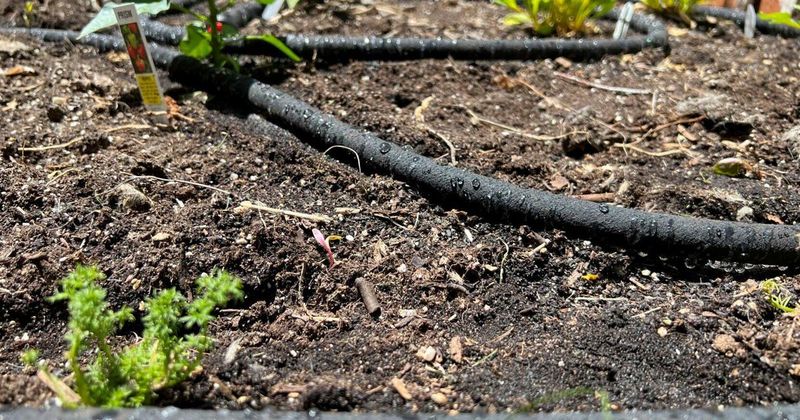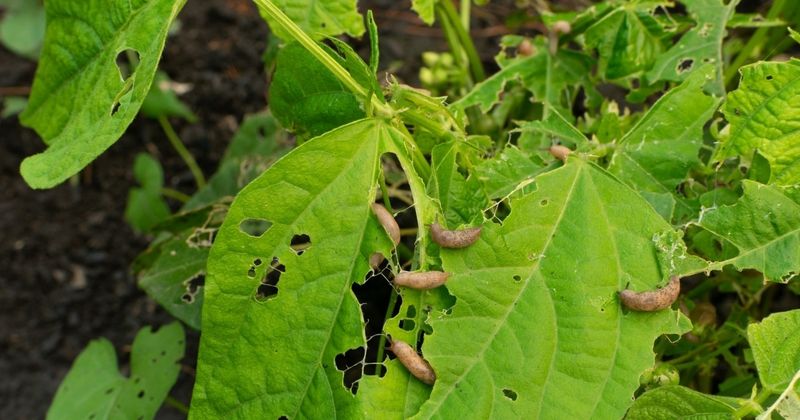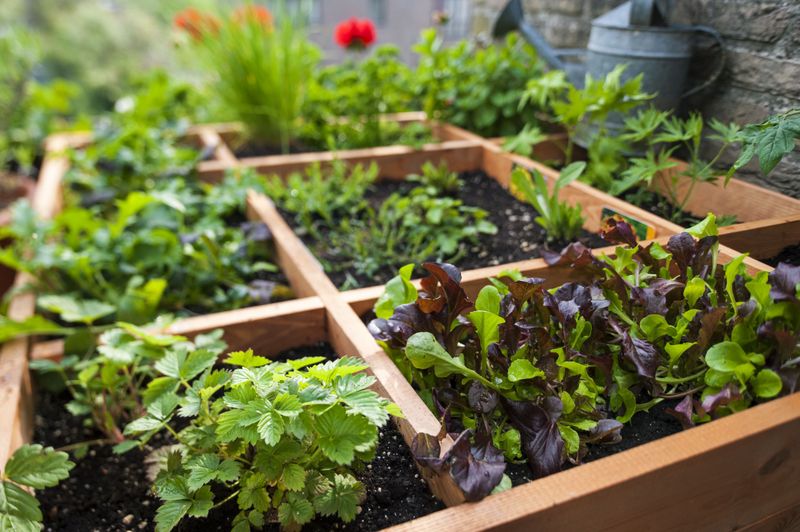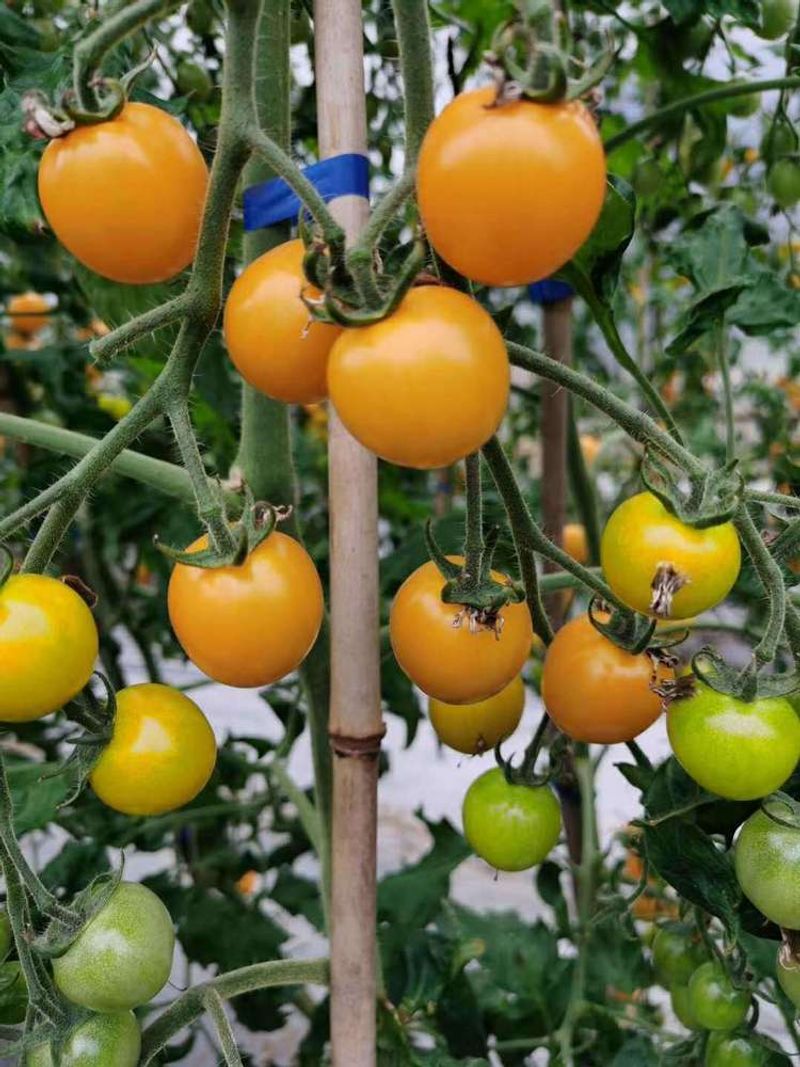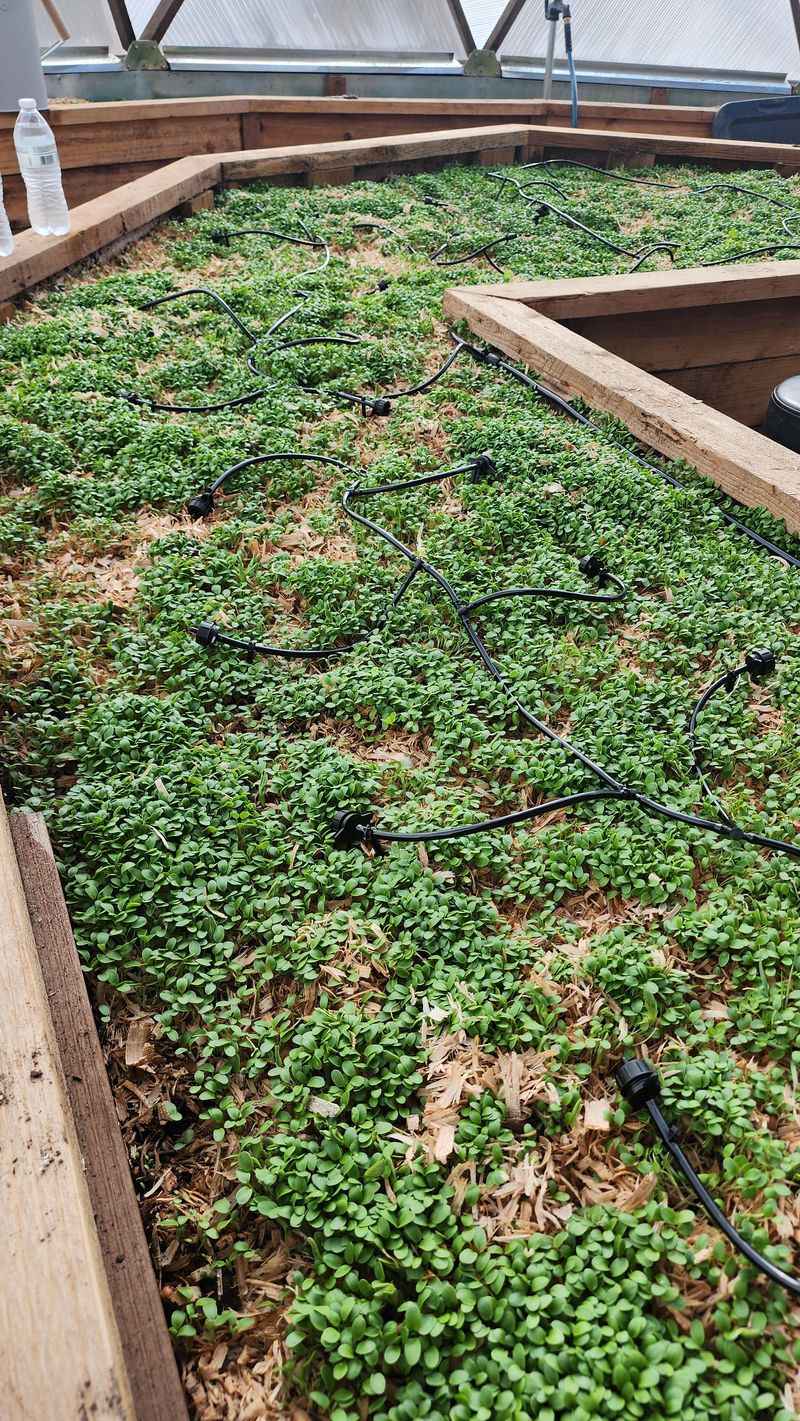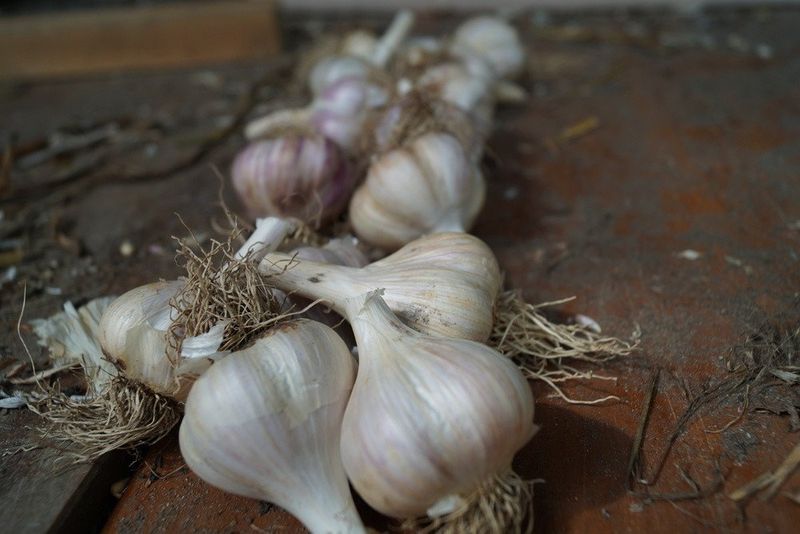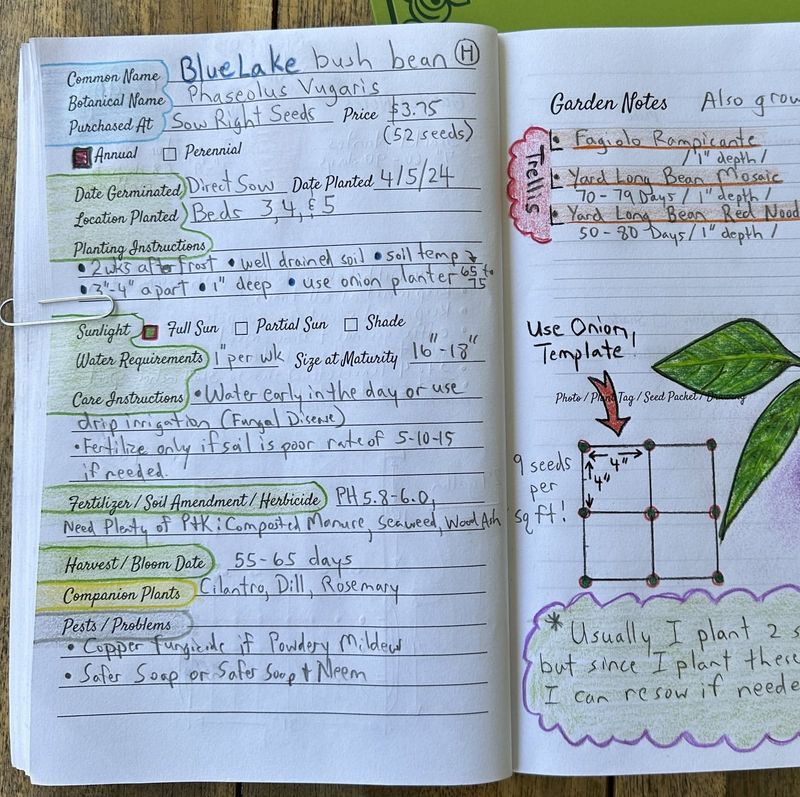August in Indiana is a game-changer for fall gardening. As hot days shift to cooler nights, it’s the ideal moment to tackle 15 key tasks that set the stage for a bountiful harvest. In my experience, August prep is what separates a so-so season from a standout one.
Indiana’s climate gives us a rare second growing season that many states miss out on. When I first moved here, I was stunned by how productive fall could be—once I learned to prep properly. Timing and local know-how make all the difference.
Over the years, my garden has taught me that success hinges on planning and flexibility. These August tasks are my go-to for keeping crops thriving well into autumn. Stick to this rhythm, and you might even harvest until November’s first hard freeze.
1. Sow Fast-Growing Greens Now
Cool-season greens planted in August’s heat will be ready to harvest by September. Direct-sow lettuce, spinach, arugula, and mustard greens in partially shaded areas to protect seedlings from intense afternoon sun.
Many Indiana gardeners miss this window and regret it later. A simple shade cloth can make all the difference during germination. Water these plantings consistently each morning to prevent the soil from drying out completely.
2. Plant Fall Brassicas Immediately
The clock is ticking for broccoli, cauliflower, and cabbage plants. Get transplants in the ground now to ensure they mature before frost. These vegetables take 70-90 days to reach harvest size in Indiana’s cooling fall conditions.
Cover young plants with floating row covers to protect from cabbage moths. A layer of compost around the base of each plant provides slow-release nutrients throughout their growing period.
3. Harvest And Preserve Summer Bounty
Summer vegetables peak in August, creating the perfect opportunity for preserving. Gather tomatoes, peppers, beans, and cucumbers at their prime. Don’t let anything go to waste!
Home canning provides winter meals that taste like summer. Freezing works wonderfully for peppers and beans. Even quick refrigerator pickles extend cucumber enjoyment by weeks.
4. Clear Spent Plants And Prepare Beds
Remove finished spring crops and struggling summer plants to make room for fall plantings. Pull everything, roots and all, then add a fresh layer of compost to rejuvenate the soil.
Leaving old plants creates hiding spots for pests and diseases. Working the soil now gives it time to settle before new seeds go in. Consider adding a balanced organic fertilizer if your soil seems depleted from heavy summer feeding.
5. Start Root Vegetables For Fall Harvest
Root vegetables thrive in Indiana’s cooling fall temperatures. Direct-sow carrots, beets, radishes, and turnips now for harvests that continue into November.
Keep the soil consistently moist until germination occurs. Thin seedlings properly to allow each root space to develop. A light layer of straw mulch helps maintain soil moisture and temperature as autumn approaches.
6. Install Row Covers And Season Extenders
Prepare now for September’s cooler nights by gathering season-extending equipment. Clean and repair cold frames, row covers, and low tunnels before you need them urgently.
Having these tools ready means protecting tender crops from early frosts without panic. Indiana’s first frost typically arrives in mid-October, but can surprise us earlier. Simple PVC hoops with clear plastic can extend your growing season by nearly a month.
7. Collect And Save Open-Pollinated Seeds
August provides the perfect opportunity to collect seeds from open-pollinated vegetables. Let some beans, tomatoes, peppers, and herbs go to seed specifically for collection.
Properly dried and stored seeds save money and preserve varieties that perform well in your specific microclimate. Paper envelopes make perfect storage containers. Label each envelope immediately with the variety name and collection date to avoid confusion next spring.
8. Mulch Everything Heavily
August heat can quickly dry out garden soil, stressing plants and reducing yields. Apply a 2-3 inch layer of organic mulch around all plants to conserve moisture and moderate soil temperature.
Straw, leaf mold, or chemical-free grass clippings work perfectly. Keep mulch slightly away from plant stems to prevent rot. This simple step reduces watering needs by up to 50% during late summer heat waves.
9. Set Up Drip Irrigation Systems
August heat demands consistent watering for fall seedlings to thrive. Install simple drip irrigation to deliver water directly to plant roots without wasting a drop.
Soaker hoses work well for row crops. Timer-controlled systems ensure plants get water even when you’re away. Consistent moisture particularly benefits newly planted seeds and young transplants, preventing the germination failures common in August’s fluctuating conditions.
10. Monitor And Control Late-Summer Pests
August brings peak insect activity in Indiana gardens. Check plants daily for squash bugs, tomato hornworms, and cucumber beetles that can devastate crops overnight.
Handpicking remains surprisingly effective for most pests. A strong spray of water dislodges aphids. Beneficial insects like ladybugs and lacewings become your allies now – avoid broad-spectrum insecticides that harm these helpers along with the pests.
11. Fertilize Fall Crops Appropriately
Fall vegetables need proper nutrition to grow quickly before cold weather arrives. Apply balanced organic fertilizer to beds before planting, following package directions carefully.
Leafy greens benefit from nitrogen-rich amendments like diluted fish emulsion. Root crops prefer phosphorus-heavy fertilizers for proper development. Indiana’s clay-heavy soils often benefit from additional potassium to help plants withstand early frosts.
12. Prune And Train Tomatoes For Final Harvests
Help tomato plants focus energy on ripening existing fruit rather than producing new ones. Prune off new flowers and small fruits that won’t mature before frost.
Remove yellowing lower leaves to improve air circulation. Stake or cage plants that have flopped over to keep fruit off the ground. This targeted pruning redirects the plant’s energy to ripening the tomatoes that still have time to mature.
13. Plant Cover Crops In Unused Areas
Don’t leave garden sections bare after summer harvests end. Plant quick-growing cover crops like buckwheat or clover in any unused spaces to improve soil health.
These beneficial plants prevent erosion, suppress weeds, and add organic matter when tilled under later. Indiana’s still-warm August soil temperatures allow cover crops to establish quickly before cooler weather arrives. Some, like field peas, even add nitrogen back to the soil.
14. Order Garlic For October Planting
August is the perfect time to order garlic bulbs for fall planting. Popular varieties sell out quickly, so securing your preferred types now ensures availability when planting time arrives in October.
Choose varieties known to perform well in Indiana’s climate. Hardneck types generally offer better cold tolerance. Store bulbs in a cool, dry place until planting time arrives. This advance planning pays off with robust garlic harvests next summer.
15. Create Detailed Garden Records
August provides the perfect opportunity to document this year’s garden successes and failures while memories are fresh. Note which varieties performed exceptionally well in Indiana conditions.
Record planting dates, first harvest dates, and total yields. Include notes about pest problems and effective solutions. These detailed records become invaluable planning tools for next year’s garden, helping you refine techniques and variety selections specifically for your microclimate.

